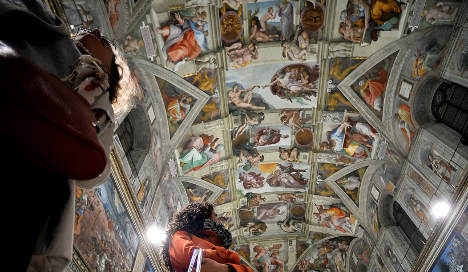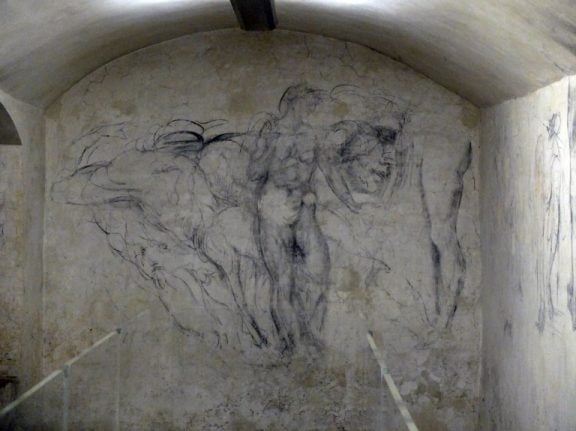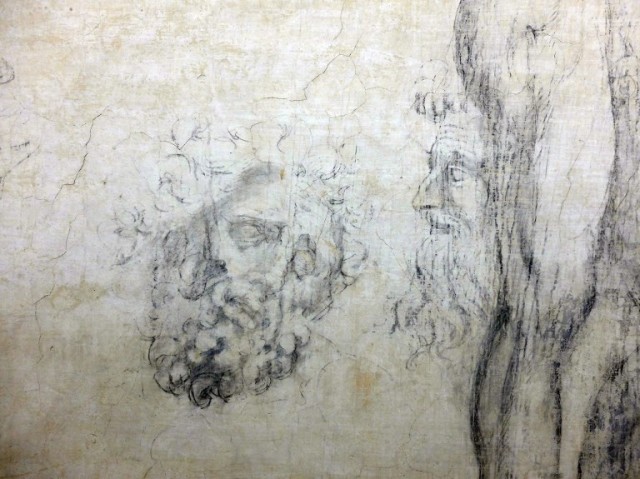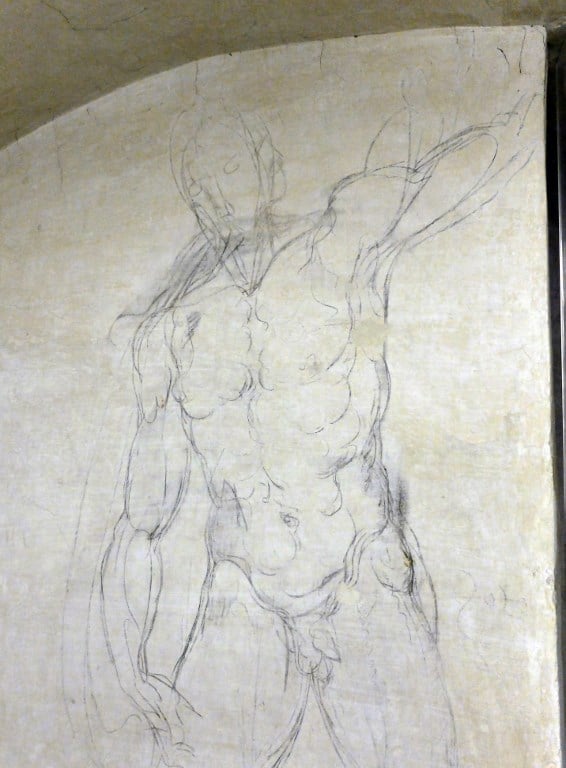Angels, Sybils and prophets in blues, pinks and golds, once lost in the gloom, are brought into sharp relief by 7,000 LED lamps designed specifically for the prized chapel, where red-hatted cardinals have elected new popes since the 15th century.
A state of the art ventilation system has also been installed to protect the frescoes from humidity, enabling up to 2,000 people at a time to visit one of the world's top tourist attractions, which draws over six million people a year.
The entire project cost some €3 million ($3.77 million) – with €1.9 million spent on the lighting alone. The venture was funded in part by European Union funds, with the rest donated to the Vatican in expertise, technology and man hours by the various companies taking part.
"The LEDs have a colour spectrum specifically designed with the pigmentation of the frescos in mind to ensure the light faithfully reflects the original colours, as the artists intended," said Marco Frascarolo, who works for Fabertechnica, one of the companies behind the new system.
"As each LED can be tuned to a different colour, we spent long nights in the chapel with the Vatican Museum curators, trying out different mixes of red, blues, whites… trying to get it just right," he said during a private tour for journalists of the chapel late on Wednesday.
While eight colour samples are usually taken in an environment to create a LED system, 276 areas of the Renaissance paintings were analysed, he said.
The sunlight which had streamed through the windows for centuries was shut out in the 1980s, when conservators realised ultraviolet radiation was damaging the masterpieces, causing the Last Judgement and other frescoes which cover the chapel's ceiling and walls to fade.
The lighting system put in place at the time was criticised for casting an unnatural glow and throwing some of the lesser known works by artists such as Botticelli, Ghirlandaio and Perugino into shadow.
A whole new light
"The LEDs create a much better viewing experience because they throw light on aspects of the frescoes which were overlooked before," Frascarolo said.
The lights were vigorously tested to make sure they wouldn't damage the works, with pigments of the frescoes subjected to the LEDs in a laboratory at a high intensity which showed what effect the new system would have over 50 years.
Protecting the artworks was also the driving factor behind the new ventilation system, installed by US firm Carrier, which uses three cameras to monitor the number of people in the chapel and regulate the temperature and humidity.
"The previous system was only capable of regulating the air for up to 700 people. With this system the room can hold a maximum of 2,000 people without damaging the artworks," said Michel Grabon, director of Carrier's AdvanTE3C Solutions Center.
"We know the amount of CO2 and humidity released by each visitor and can make adjustments accordingly, lowering the temperature or raising it if necessary to compensate for cold spells," he said, adding that he can monitor the chapel from his home computer or mobile phone.
Both systems are also highly energy efficient, meaning the Vatican is expected to cut output for ventilation by around 60 percent and by up to 90 percent for the lights — shaving a vast amount off its bills.
Antonio Paolucci, the director of the Vatican Museums, said the chapel "contains the most extraordinary works ever conceived by the human mind" and the new installations aimed to honour the 450th anniversary of the artist's death by preserving and re-illuminating his creations.
The Museums said they were also exploring a project for next year whereby visitors craning their necks to see the famous depiction of Adam and God reaching towards each other to touch fingers could be given disposable "intelligent glasses" like Google Glass for a whole new 3D-view.





 Please whitelist us to continue reading.
Please whitelist us to continue reading.
Member comments